I have accomplished many things that I’m proud of, including being a Marine, becoming a firearms instructor, starting my own training company, and becoming a director of training. Some time ago, I decided to apply for the History Channel’s Top Shot Season 3. When I learned I had a shot at making it, it was time to train up. I had experience with everything from a pocket pistol to a rocket launcher, but didn’t want to rest on my laurels. I had been training others in the defensive use of a rifle, pistol, and shotgun for the past couple of years and felt I had to get out of my comfort zone. I had very little expectation of making it on the show and even less expectation of the show teaching me any lessons I could use for defense — was I wrong. I bought a blowgun, some throwing knives, and asked to shoot anything I saw that I had little or no experience with.
In the months prior to my appearance on the show, I had gotten lazy with my training. I was giving myself very little weapons manipulation sustainment and even less live fire. Once I received confirmation that I would be one of the 16 competitors, I had a total of three days before I flew out. Almost a year later, I have decided to break the experience down into the categories that I learned the most from. Six weeks of filming and a whirlwind of activity later, here are some of my simple observations.

During Combat Focus Shooting course, author shoots at extension from the modified Isosceles, a shooting platform that is easily replicated under stress. Image Source: Rob Pincus
Stress Management
There were many times during the competition that I felt my heart was about to jump through my throat. Being able to perform the necessary tasks under this kind of stress is a huge key to success. There was one challenge in particular when I was standing at the table and could feel the wave of stress approaching. It hit hard and fast, and I could feel it pulsing in my throat. I knew I had to channel it or be overcome by it. I thought back to a breathing technique Mike Seeklander had shared with me.
I inhaled while counting to six, held the breath for four seconds, and then counted to six during the exhale. I am sure I didn’t get the count right or do Mike’s technique any justice, but I did immediately feel the stress melt away. The beauty of this technique is it places your mind safely on counting while placing oxygen where it is most needed. I feel this technique can be effectively used post-engagement to aid in stabilizing your mind and steadying your hand.
I often say only focus on those things that fall within your realm of control. I believe this to be a major factor in mitigating stress. As an example in a defensive shooting situation, I cannot control the movement of my attacker, but I can control my response to his actions. This could be applied to countless situations, but the general idea is we often bring peripheral stress into our brain that is unnecessary and does not contribute to our accomplishing a given task. We also do this as we train, wondering who is watching us shoot, who is better to our left or right, etc.
The last portion of stress management is related less to defensive shooting and more to competition. In a conversation with Mike Hughes, he compared stress or match pressure to a purple spaghetti monster. After some thought, it made sense — we all know that a purple spaghetti monster doesn’t exist, but if we spend a moment trying to imagine it, it becomes very real. The argument is that refusing to acknowledge that stress exists will significantly reduce the effects of stress on our performance. Given that we do not choose when we have to defend ourselves, this portion is again less applicable but definitely food for thought while we train.
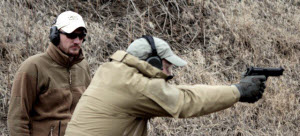
Author instructs student who is training for an overseas deployment. Aggressively forward body posture is repeatable under stress and sets a good foundation for recoil management. Image Source: Geoff Portman
The Basics
If you not only understand the fundamentals but how they apply and when to utilize them, you will succeed. Something as simple as gripping a handgun to effectively mitigate recoil was a concept foreign to some yet familiar to others. I found the wide range of experience and understanding of fundamentals among the 16 Top Shot competitors to be interesting. Additionally, grasping the basic operation of each type of firearm provides a huge advantage. You don’t necessarily have to shoot each specific model to understand how it operates. One competitor repeatedly engaged the safety of his 1911 platform based on crossing his thumbs underneath the safety, and was convinced it was a malfunction. I’m not bringing this point up to belittle but rather to learn from. We don’t know what we don’t know. I can be sure that someone will take offense at this article, but I feel looking in the mirror is a crucial part of growth. Lack of knowledge is an important thing: we must be willing to accept that we might not have all the answers and learn from our mistakes.
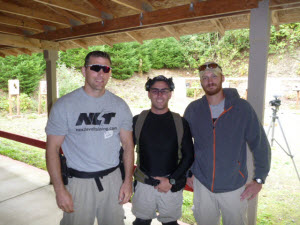
Author teaching SIRTification course with Mike Hughes. Also pictured: Jeremy Wilson of Wilson Tactical Training. Image Source: Author
Ego
I believe that you can be confident in your abilities while still being accepting of others’ advice and ideas. Any good instructor will tell you that they are first a student. When I teach a class, I am teaching a combination of my own thoughts and ideas mixed with many other people’s knowledge that they have shared at some point. I will listen to anyone, because in my opinion the biggest disservice we can do to ourselves is to be dismissive of others. For learning to occur, we must be accepting of information. Occasionally we will receive bad information, but instead of viewing it as a waste of time, view it as a valuable example of what not to do. “Be humble” is a phrase that is often used yet seldom followed. Don’t be humble for the sake of being humble. Use it to expand your ability to absorb information without it being blocked by your own ego.
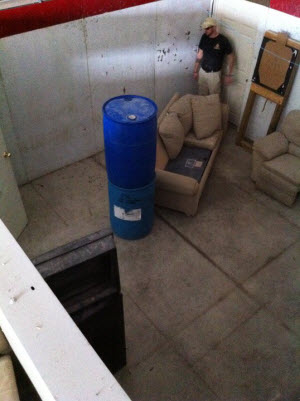
Inside the shoothouse. Shoothouses or alternative realistic training can add enormous potential for thinking and adapting on the fly.
Adaptability
If something isn’t working, try something else. It is easy to get into a repetitive cycle of trying the same thing over and over again while still achieving the same result. If that result is failure, adapt. This skill is directly related to stress management. When you become overwhelmed, it is easy to lose your ability to adapt. Being able to assemble thoughts into action in a relatively short amount of time is something that I believe can only be tested through experience with stress. I believe this is best achieved with scenario-based training with a live, resistant opponent.
Let’s apply a scenario defensively to understand the applicability. An opponent has you engaged hand to hand on the ground. You begin to reach for your gun and get punched in the head. You fight for a moment, then reach for your gun and get punched in the head again. This would be a great indicator to adapt — trying to gain a superior position on the ground before reaching for your gun would likely achieve a more successful outcome.
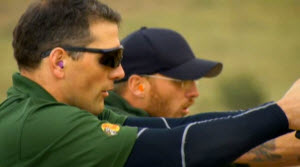
Author shooting against, and losing to, Mike Hughes on the last episode of Top Shot. At one point while I was clearing a host of malfunctions, Mike leaned over and said, “Do you want me to wait for you, or….” Image Source: History Channel
Conclusions
When I left Top Shot, I was defeated twice in the same day during the same course of fire. I lost to both Mike Hughes and Dustin Ellerman shooting a Salient Arms variant of a Glock 34 on moving dualing trees. Both are great shooters in their own right, but I knew I couldn’t focus on that as it was outside my realm of control. I don’t know if the outcome would have changed if I had performed at 100%, but I do know that I didn’t perform up to my expectations. It all started with a stovepipe malfunction that I swiped with a knife hand rather than responding with a non-diagnostic clearance. It steamrolled with a series of malfunction clearances and reloading mistakes that led to me being more and more gun focused.
I have had more than enough time to reflect on the competition and can say that I have no regrets. I have learned from every mistake I am aware that I made. It was a great opportunity to log my performance in a permanent format that the world has made judgments and given feedback on. Much of the feedback was negative, but it gave me a chance to really reflect. Have I been training hard enough? Are my gun-handling skills where I want them to be? The answers were no. I can always train harder, but I have grown and will continue to do so both as a trainer and a student.
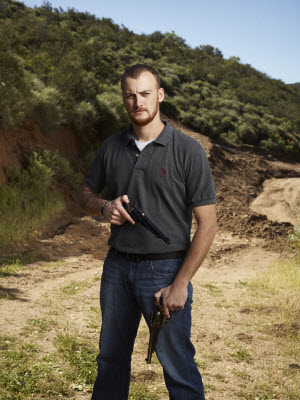
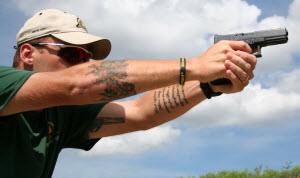
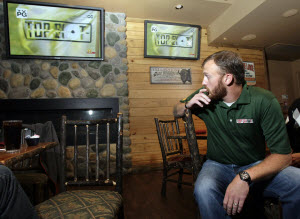
I am really pleased to read this weblog posts which consists of lots of useful facts, thanks for providing such statistics.